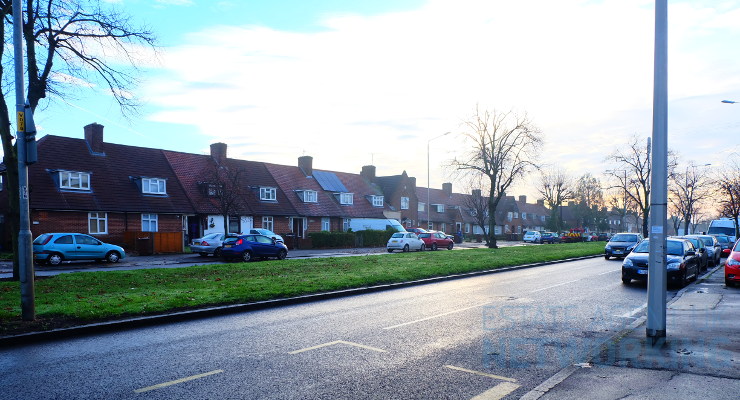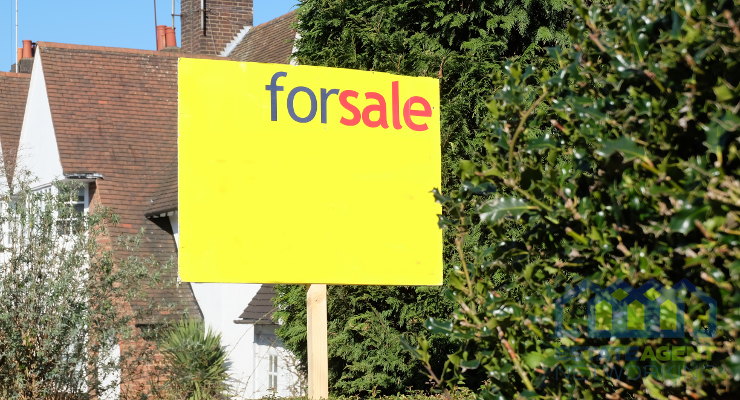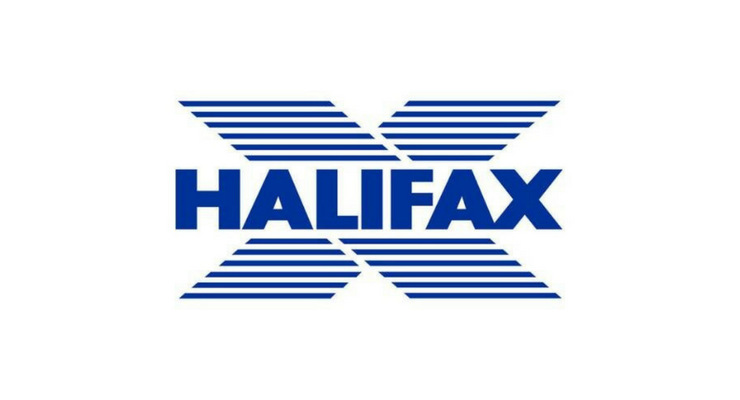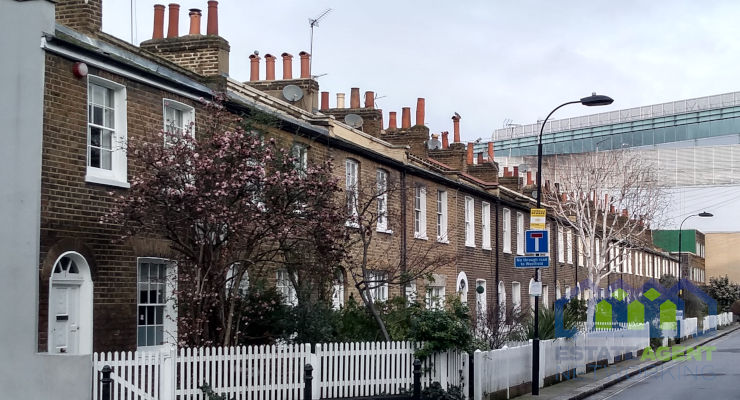UK holiday let mortgages: a guide
Due to Brexit and the Government’s ever-changing legislation on buy to let properties which is eating in to landlords’ profits, investment in holiday lets is rising.
So, what do you need to know if you want to be part of this potentially lucrative trend?
What mortgage do you need for a UK holiday let?
Mortgages come in all shapes and sizes, tailored to the use of the property you intend to buy. So, there are standard residential mortgages for prospective owner-occupiers, buy to let mortgages, mortgages for your second home, commercial mortgages, and holiday let mortgages.
In each case, the mortgage loan is secured against the property involved. The risks for the lender, however, vary significantly according to the use of the property. That is why it’s essential to match the mortgage you arrange to the type of property in which you are investing.
Specialist holiday let mortgages are essential if you are buying a property or properties you intend to let to holidaymakers. Why is this?
Holiday let mortgages
When you invest in a holiday let property, you are launching what is effectively a business – a business whose income is generated by the rents you receive from holidaymaking tenants.
This distinguishes a holiday let mortgage to perhaps its closest apparent alternative, a second home mortgage. But the latter is designed as security against a second or holiday home for use only by your family and friends – it is not the commercial proposition envisaged by your investment in a holiday let.
Although your holiday let is a business founded on the rents you expect to receive from tenants, it is distinguished from a regular buy to let mortgage by the nature of the tenancies you propose. Holiday lets are typically for no longer than a few weeks at a time. In contrast, tenants of regular buy to let property generally are granted assured shorthold tenancies of at least six months – and usually longer.
If you previously owned your holiday let property as buy to let premises or as a second home for you and your family, therefore, you will need to change the existing mortgage type if you intend to convert its use to a holiday let.
A holiday let is neither your main home nor commercial premises – such as a shop, factory or office – so a standard owner-occupier’s mortgage or a commercial mortgage are also both unsuitable.
Security and affordability
Lenders of holiday let mortgages share the same interests as any other mortgage lender – the nature of the property pledged as security against the loan and the affordability of that loan. In other words, the borrower’s ability to maintain the agreed monthly mortgage repayments.
In terms of a holiday let, the property faces different risks and perils to most other types of property. For instance, there are likely to be potentially lengthy, periods, when the holiday let, remains empty and unoccupied – at off-season times of the year, for example.
Holiday let mortgages consider the loan to value (LTV) ratio of any advance – typically restricting this to around 70%. In other words, you need to find the remaining 30% of the property’s purchase price to put down as a deposit.
The fact that your holiday let is effectively a business investment also determines the size of the mortgage and lender is likely to advance. Clearly, applications are taken on a case by case basis. Still, the lender needs to assess the level of rental income you are likely to generate from your holiday let since that determines your ability to make the monthly mortgage repayments.
Typically, your holiday let needs to generate an income of between 125% and 145% of the monthly mortgage repayments.
At the end of the day, therefore, you need to ensure that the mortgage you arrange is suitable for your purposes – namely, a specialist holiday let mortgage – and to be aware of the way lenders are likely to evaluate your application.









